Big Corporations Bet On Wind Power in Kansas
4:19 minutes
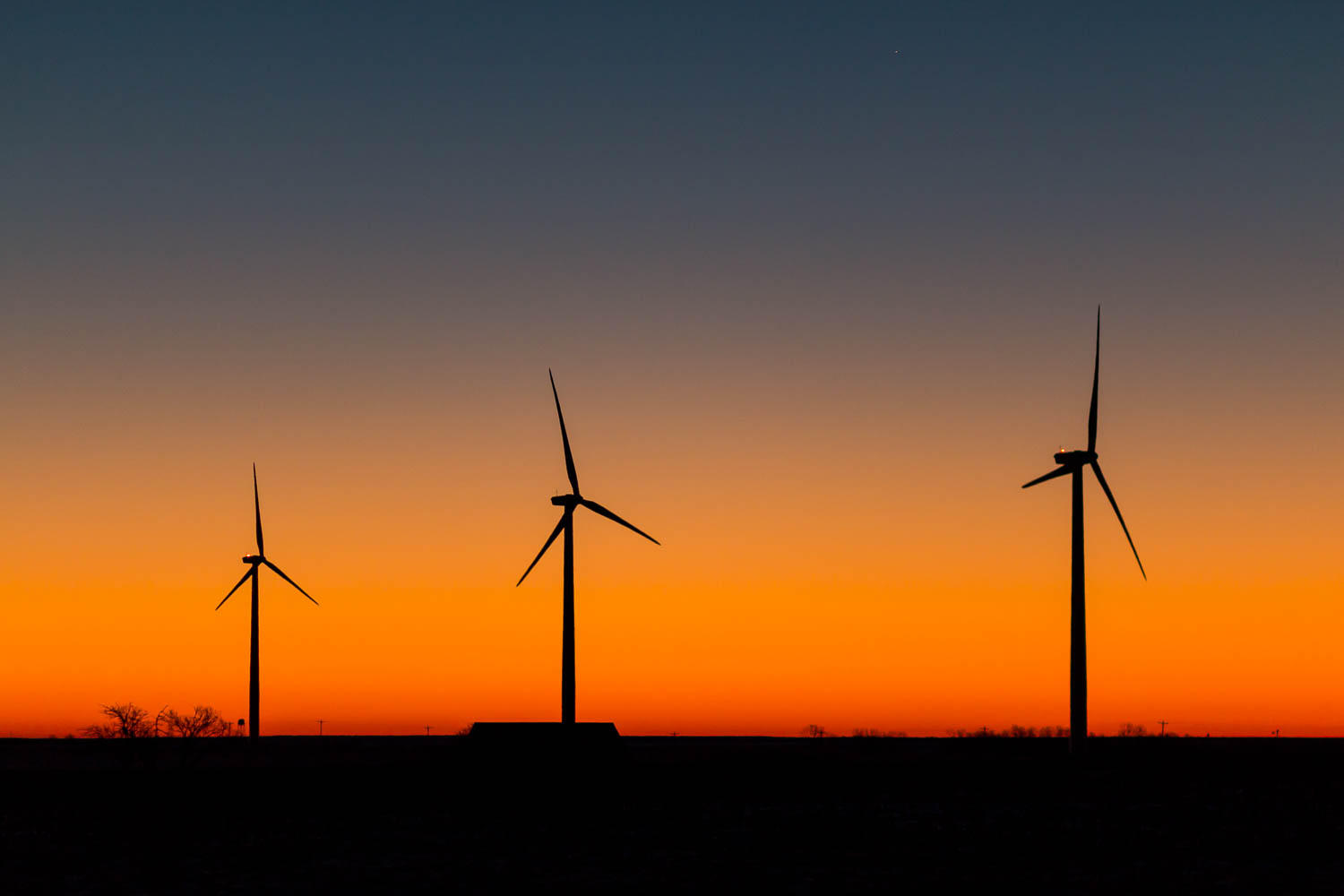
This segment is part of The State of Science, a series featuring science stories from public radio stations across the United States. A version of this story, by Brian Grimmett, originally appeared on KMUW in Wichita, Kansas as a part of the Kansas News Service.
One morning after the next, semi-trailer trucks get off Interstate 70 near Colby in west-central Kansas.
They haul parts of giant wind turbines in 150-foot-long sections, the pieces to the Solomon Forks wind farm and the next monumental phase of the Kansas bet on wind energy. The farm will plant 105 turbines in the prairie, each towering 250 feet high.
The project is one of a wave of wind farms under construction in Kansas that will add 20 percent more electrical generation to the state’s output.
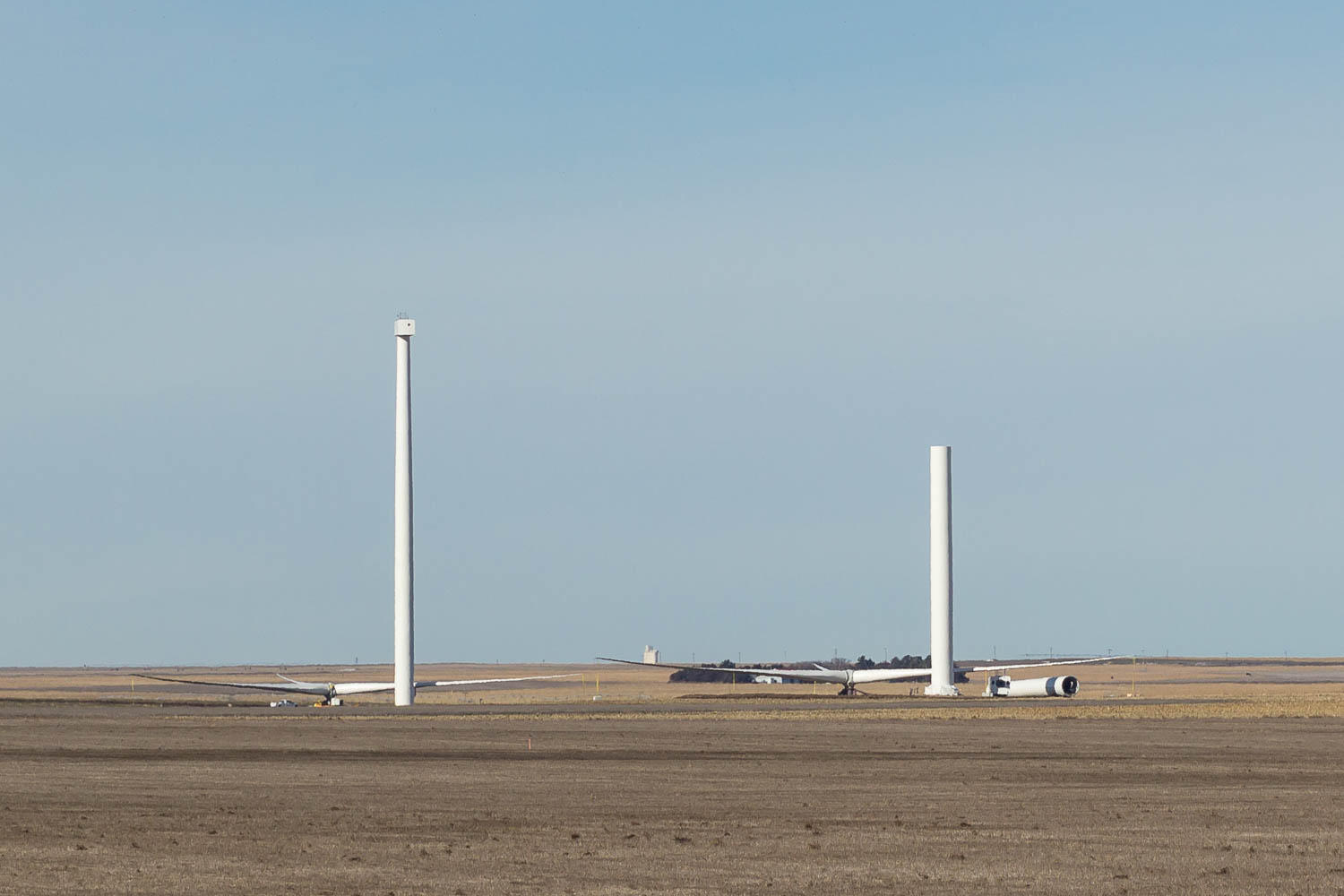
Earlier building surges sprung from tax breaks and from pressure by regulators on utilities to wean themselves off fossil fuels. This time, Fortune 500 companies that are new to the electricity business risk their own money on the straight-up profit potential of prairie breezes.
The Solomon Forks project developed by ENGIE North America will crank enough electricity to power more than 50,000 homes.
Target and T-Mobile already cut deals to buy hundreds of megawatts from the wind farm. The retailer and cell company will become electricity wholesalers, playing a direct role in generating less-polluting energy and banking that the marketplace can make them money even without the subsidies that drove the industry for decades.
They’ve done this using a new financial tool called a virtual power purchase agreement.
“Half or more of the projects that are being built are now because of virtual power purchase agreements,” Kansas City attorney Alan Anderson said.
Anderson is with the Polsinelli law firm in Kansas City and works with wind developers to hammer out the details of these deals.
Simply put, a virtual power purchase agreement lets a company, say Target, buy power directly from a wind farm at a fixed cost. Target then sells the electricity to a regional electrical grid at whatever price the market hits that day.
If the market price is less than their fixed cost, Target loses money. If the market price is higher, it profits.
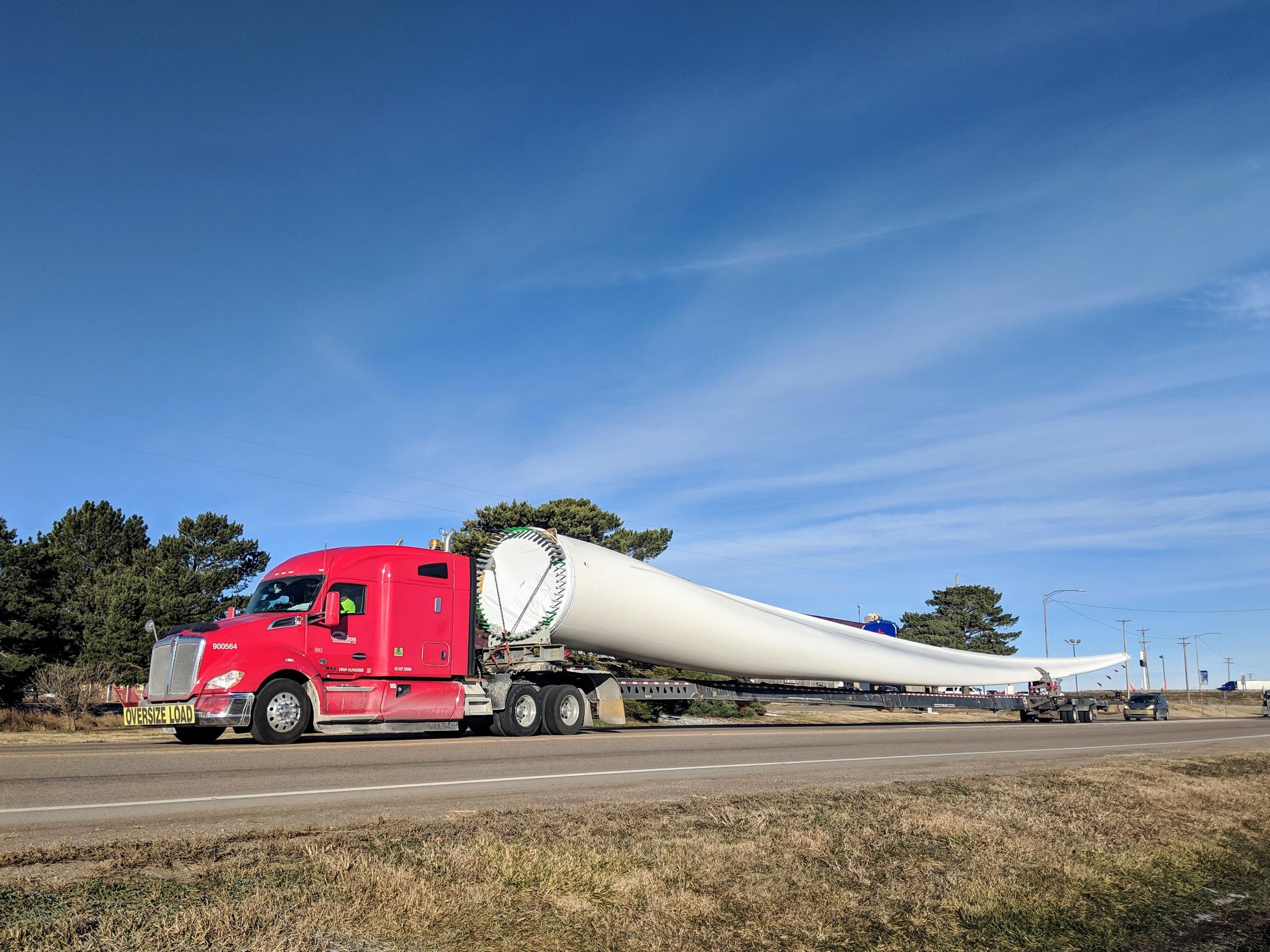
Anderson said developers like the agreements because nailing down a purchaser beforehand helps them secure money to build the project. At a minimum, the company locks in a price.
On the other hand, the Targets and T-Mobiles of the world find the tool tempting because it’s a low-risk investment that can make them money.
“They are looking for a renewable energy product,” Hannah Hunt, deputy director of electricity policy and demand at the American Wind Energy Association said. “And it’s happening at a very opportune time, when wind and other forms of renewable energy have reached cost parity.”
Hunt said the cost of developing wind energy is a third of what it cost in 2008. In many cases in the Great Plains, it’s now significantly cheaper to build and operate a new wind farm than a new coal or natural gas power plant. That relatively new low cost has lowered the bar for entry.
In the past, corporations wanting green energy typically bought expensive renewable energy credits. Yet they were mostly window dressing. Only the most environmentally conscious companies, or those forced to be by state regulations, purchased credits.
But now a business can buy into a virtual power purchase agreement and contribute directly to the construction of new projects—projects that offset, and one day might eliminate, the need for fossil fuel-burning power plants.
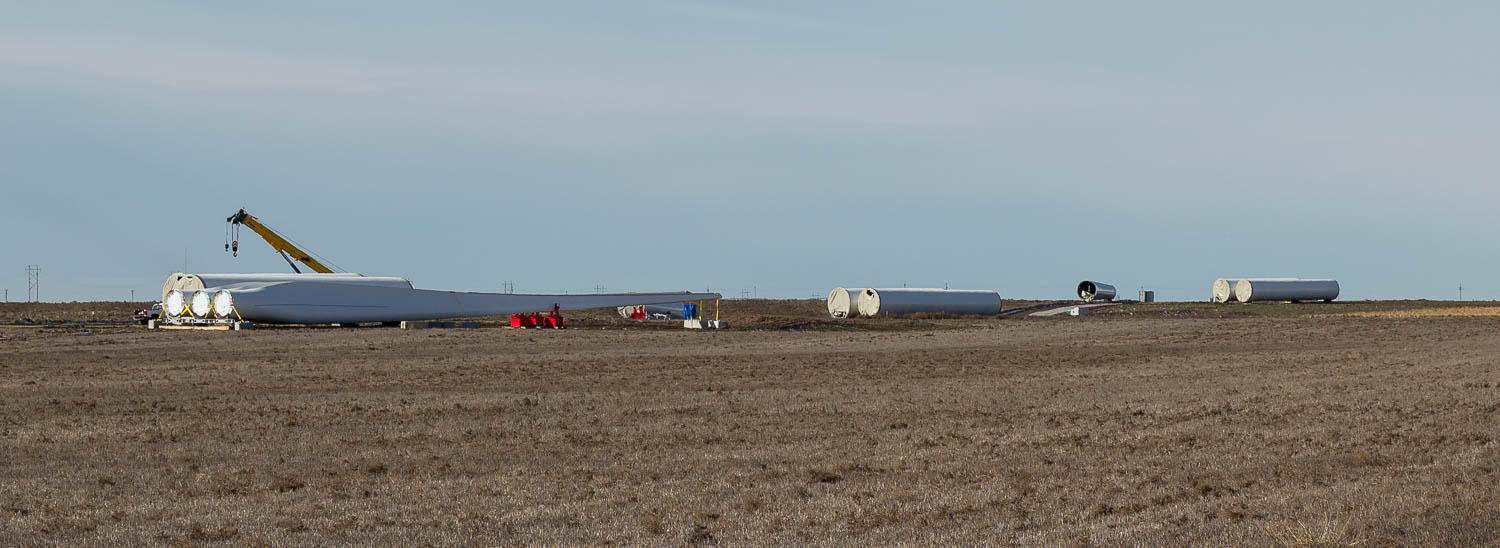
For the companies involved, it’s a potential win-win. They can help stave off climate change and, possibly, make money.
“We’re seeing an increasing number of ways for non-utility customers to buy wind and that makes it easier for them to buy wind,” Hunt said.
The tool has also drawn traditional power suppliers into the game.
Westar Energy stands among the first utility companies in the country to offer something that works much the same way.
When developing the program, Westar Vice President Jeff Martin said, companies came with a few requests. First, it had to be cheap. Second, their investment had to lead to the construction of new wind farms.
Westar came up with a program called Renewables Direct. It lets large customers—say, a factory or university—purchase a portion of the electricity that will come from a new wind farm being built in northeastern Kansas.
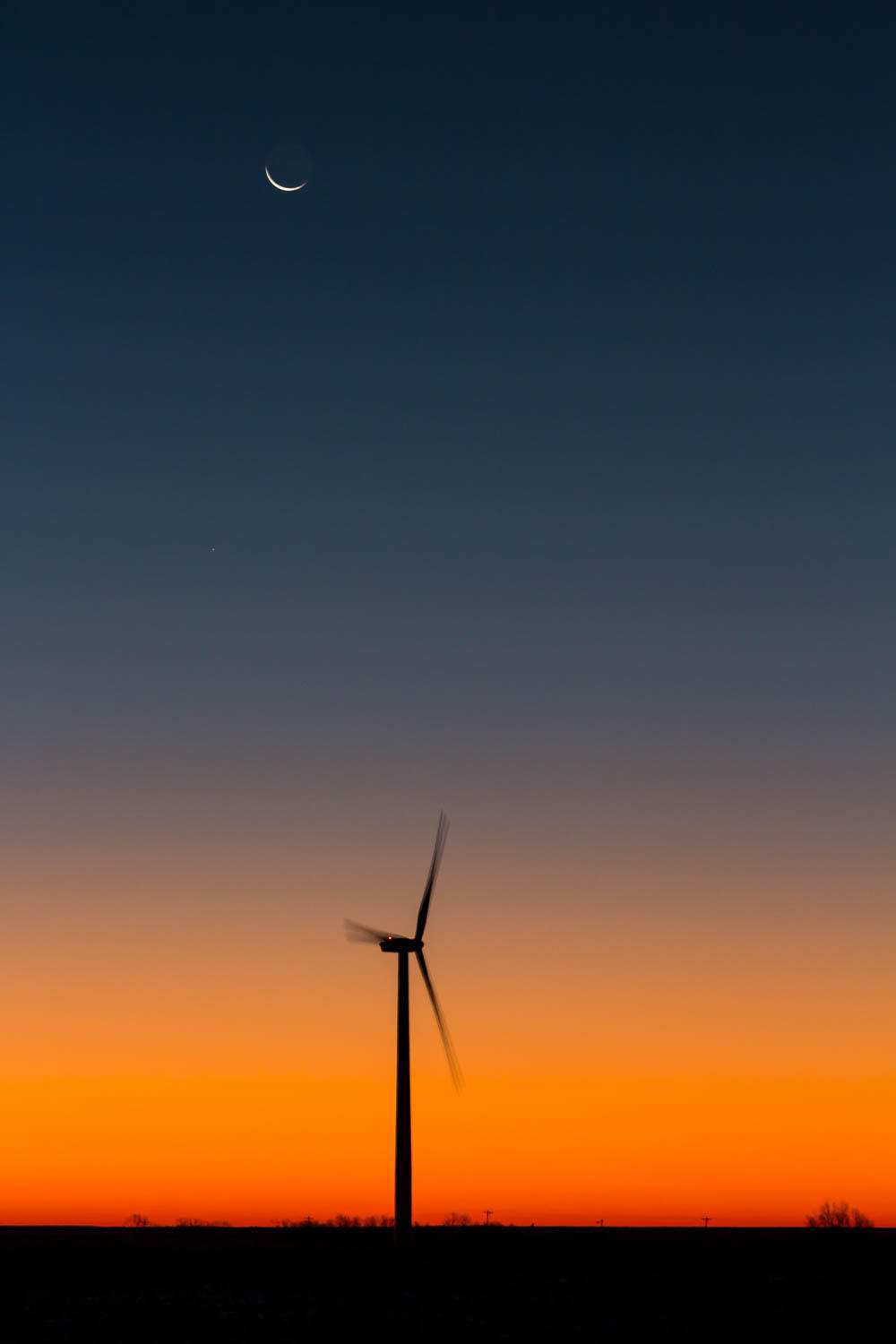
Because wind is the fuel at a wind farm and is free, the fuel cost part of their bill disappears. In its place, the company pays a fixed fee that’s cheaper. Instant savings.
In less than six months after getting regulatory approval for the new setup, Westar sold 90 percent of the power coming from the new wind farm.
“We know that there are other additional customers that are talking to us on this, discussing it,” Martin said. “If we believe that demand is there, we will go forward with the potential for additional wind farms.”
Cargill, the international grain behemoth, was one of the first companies to buy into Westar’s program. Its agreement will deliver nearly all the power for the company’s 10 facilities in Kansas.
“Over time, it will not only help us toward our goals in being a leader in sustainability,” said Peter Dahm, Cargill’s sustainability director, “but will also have an impact to our bottom line.”
Cargill uses many methods to reach its lofty sustainability goals, including entering into a virtual power purchase agreement with a developer in South Dakota. But Dahm said he’d prefer to work with the utilities.
“From our perspective, the risk is actually significantly lower,” he said.
That’s because when they work with a utility, they aren’t taking on the risk of becoming an electricity wholesaler. They simply set a new, long-term, fixed fuel cost for the electricity they’re already buying.
He hopes in the future other utility companies follow the Westar model.
That won’t be easy. Utilities have traditionally been slow to recognize wind projects can add value and be a reliable source of electricity. Westar struggled to change its thinking.
“Ten years ago… I would have had a lot more barriers in my mind about what is achievable,” Martin said.
But as Westar and others push the boundaries of what was once thought possible, it becomes easier for regional grid operators to integrate as an alternative to coal and natural gas power plants.
The path to a greener electrical grid still faces many obstacles, but the demands of businesses and their customers are pushing it there.
“Kansas wind is a great resource that companies want to invest in,” Hunt said. “Fortune 500 companies and other household brands want to be buying.”
Brian Grimmett reports on the environment and energy for KMUW in Wichita and the Kansas News Service, a collaboration of KMUW, Kansas Public Radio, KCUR and High Plains Public Radio covering health, education and politics.
Alexa Lim was a senior producer for Science Friday. Her favorite stories involve space, sound, and strange animal discoveries.